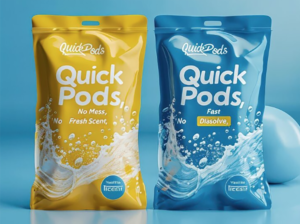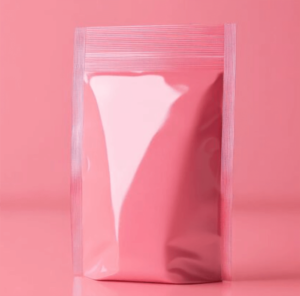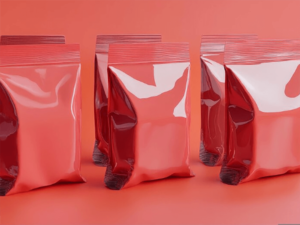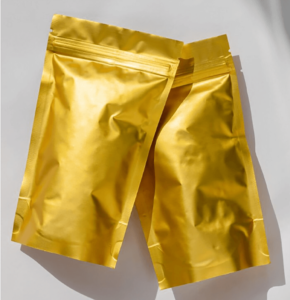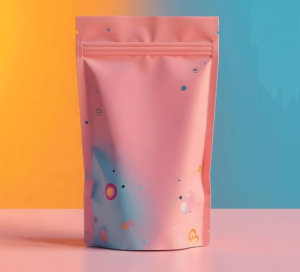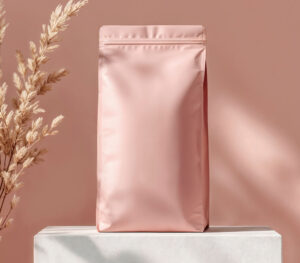Flexible packaging is a rapidly growing segment of the packaging industry, with applications across food, beverages, cosmetics, pharmaceuticals, and more. What makes it so popular? The materials used in flexible packaging—plastic films, paper, and aluminum foil—offer incredible versatility and functionality. Whether it’s keeping food fresh, protecting delicate products, or offering sustainability, these materials are designed to meet the unique demands of modern consumers and businesses alike.
In this blog, we’ll break down the three main types of materials used in flexible packaging and explain why each one is chosen for specific applications. We’ll also explore their benefits, challenges, and how they help keep products safe, fresh, and market-ready.
1. Plastic Films: The Versatile Workhorse
Plastic films are the most common material used in flexible packaging. They are incredibly versatile and can be made from different types of plastic, each with its own benefits. The most commonly used types include:
- Polyethylene (PE): PE is flexible, durable, and moisture-resistant, making it ideal for packaging snacks, frozen foods, and pet food. It’s often used in bags, pouches, and wraps.
- Polypropylene (PP): PP is known for its resistance to heat and moisture. It’s often used for products that require higher temperature stability, such as ready-to-eat meals, non-food items, or pharmaceuticals.
- Polyester (PET): PET is widely used for its clarity, strength, and excellent barrier properties. It’s a go-to material for packaging liquids, drinks, and high-end snacks.
- Polyvinyl chloride (PVC): PVC is less commonly used but still effective for packaging that requires strong sealing and protection, such as for non-food products like electronics or medical goods.
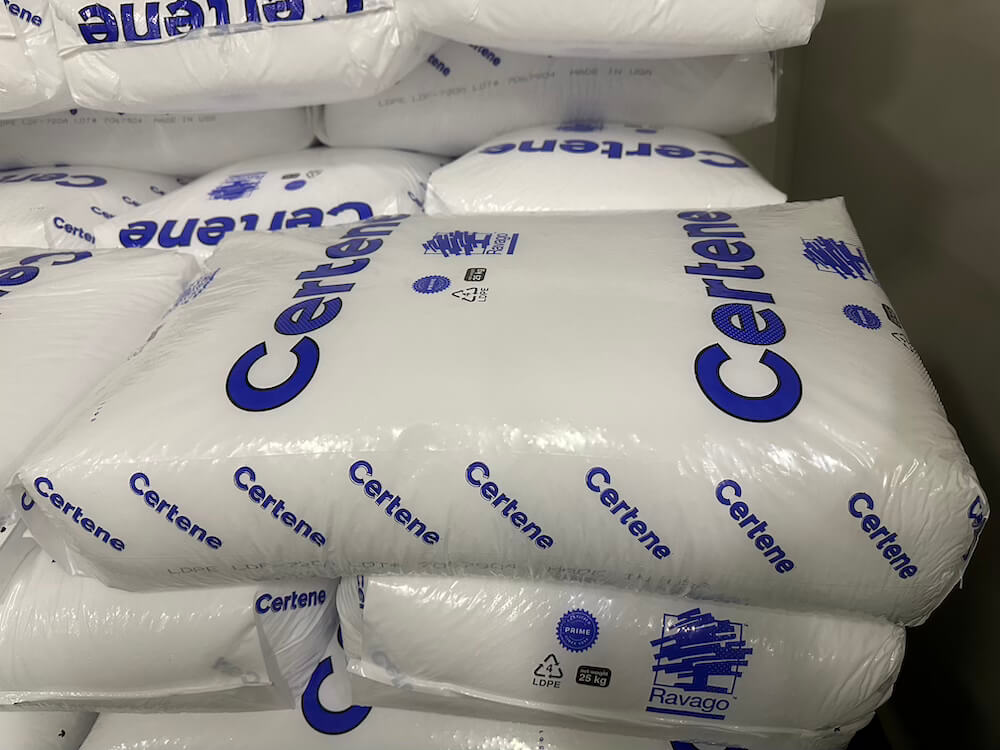
Why Choose Plastic Films?
Plastic films are highly adaptable, offering a wide range of customization options. They can be tailored in terms of thickness, texture, and finish, which makes them suitable for a variety of products. They are especially prized for their excellent barrier properties—they protect the product from moisture, air, and light, which helps extend shelf life and preserve product quality.
Plastic films are lightweight and cost-effective, making them a favorite choice for both large-scale commercial and small-batch packaging. While some types of plastic have raised environmental concerns, advances in recyclable plastic films and eco-friendly alternatives are helping to address these issues.
2. Paper: A Sustainable and Flexible Option
While plastic films dominate the market, paper-based packaging is also gaining traction, especially as sustainability becomes a key focus for consumers and brands alike. Paper can be used on its own or combined with other materials like plastic films and aluminum foil to enhance its performance. Common types of paper used in flexible packaging include:
- Kraft Paper: Known for its durability and natural brown color, kraft paper is often used for dry food items like grains, pasta, and snacks. It’s eco-friendly and can be recycled easily.
- Coated Paper: This paper has a protective coating to improve moisture resistance. It’s often used for products like baked goods, which need to be protected from moisture.
- Paperboard: Heavier than regular paper, paperboard is used for rigid but flexible applications such as pharmaceutical packaging or food containers like drink boxes.
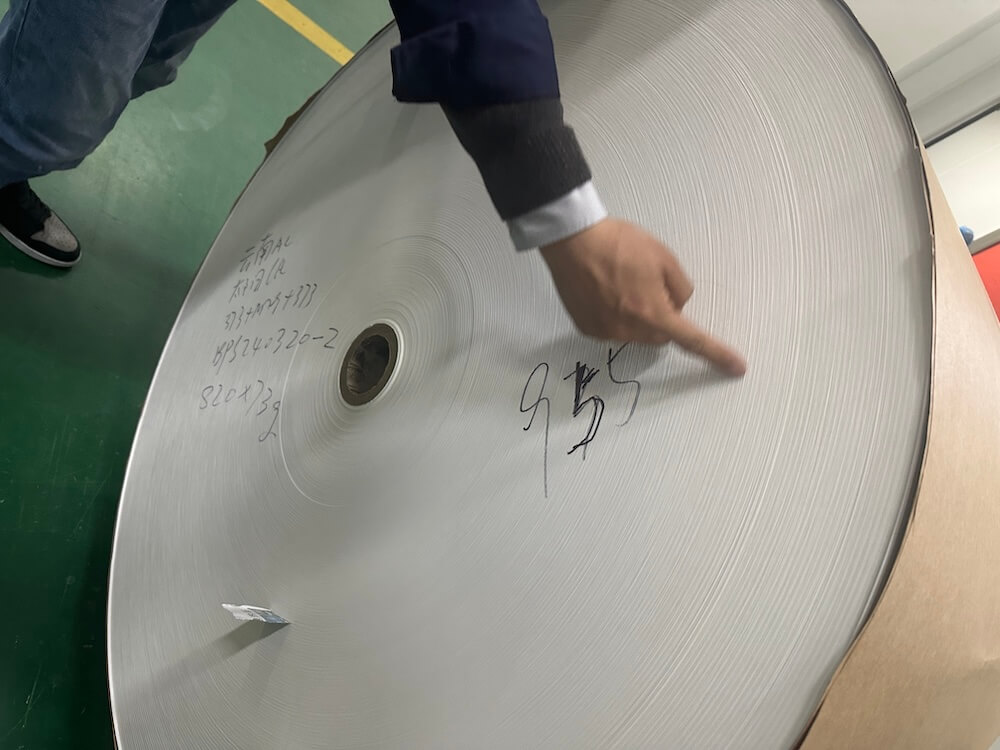
Why Choose Paper?
Paper is a sustainable and renewable material, making it an excellent option for eco-conscious brands and consumers. It can be made from renewable sources, is biodegradable, and is easily recyclable. The natural, rustic aesthetic that paper provides is also appealing to many brands looking to connect with environmentally aware customers.
However, paper’s main limitation is that it’s vulnerable to moisture and lacks the high-barrier properties that plastics and aluminum offer. That’s why paper-based packaging is often combined with other materials to enhance performance while maintaining its environmental benefits.
3. Aluminum Foil: The Barrier Champion
Aluminum foil is another material that plays a crucial role in flexible packaging. While it’s often used in conjunction with plastic films or paper, it offers some of the best barrier protection available. Aluminum foil is typically used for:
- Food Packaging: It’s commonly found in snack bags, coffee packaging, and ready-to-eat meals. Aluminum foil provides a robust barrier against moisture, light, and air, which helps preserve freshness and flavor.
- Pharmaceutical Packaging: Aluminum foil is used to create blister packs for medicines, protecting them from moisture and contamination.
- Convenience Foods: Aluminum foil is used in retort pouches for meals that can be heated quickly, preserving the taste and safety of the food.
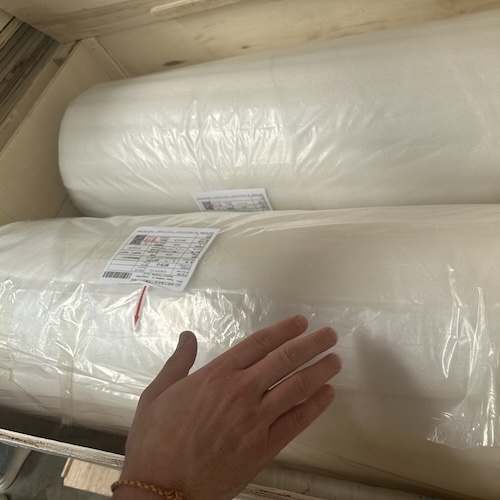
Why Choose Aluminum Foil?
Aluminum foil offers superior protection against external elements like moisture, light, oxygen, and contaminants. This makes it ideal for products that require a long shelf life or need to be protected from environmental damage. It also helps maintain the integrity of products by preventing spoilage, particularly for foods and medicines.
Though aluminum is a great material for packaging, it has its drawbacks. It’s not biodegradable, which raises concerns in terms of sustainability. However, aluminum is highly recyclable, and many companies are working on improving its recyclability to minimize environmental impact.
Why These Materials Matter
The combination of plastic films, paper, and aluminum foil in flexible packaging allows manufacturers to create packaging solutions that suit a wide range of products. Each material offers distinct advantages based on the needs of the product being packaged. For example, plastic films are chosen for their flexibility and barrier properties, paper is chosen for its sustainability, and aluminum foil is chosen for its exceptional barrier protection.
Flexible packaging materials also help extend product shelf life, reduce waste, and provide a more efficient packaging solution overall. This is especially important in food packaging, where spoilage and contamination can compromise product quality. By using the right materials, companies can keep their products fresh, safe, and market-ready for longer periods.
Conclusion: Choosing the Right Material for Your Packaging Needs
The three main types of materials used in flexible packaging—plastic films, paper, and aluminum foil—each offer unique benefits. Understanding these materials is essential for selecting the best packaging solution for your product. Whether you’re prioritizing durability, cost-effectiveness, sustainability, or shelf life, choosing the right material can have a significant impact on your product’s success in the marketplace.
Key Takeaway: The Right Material Makes All the Difference
In flexible packaging, materials matter. Plastic films, paper, and aluminum foil each serve different purposes but work together to meet the needs of modern consumers and businesses. By carefully choosing the right material, you can improve product protection, enhance branding, and meet sustainability goals.

